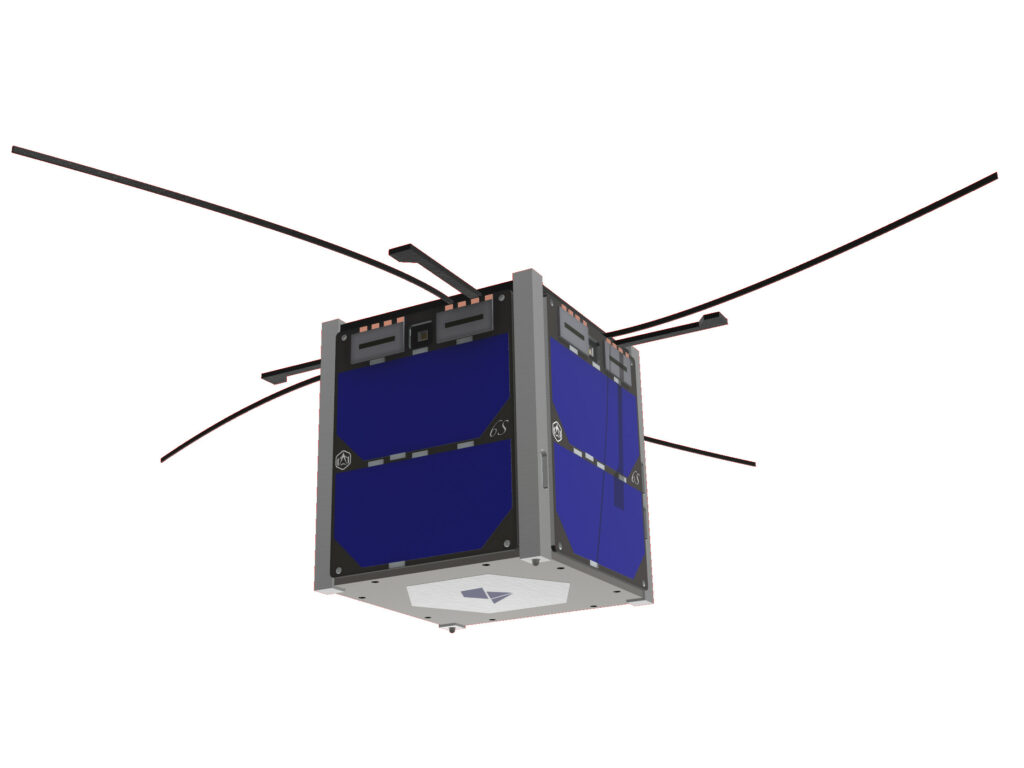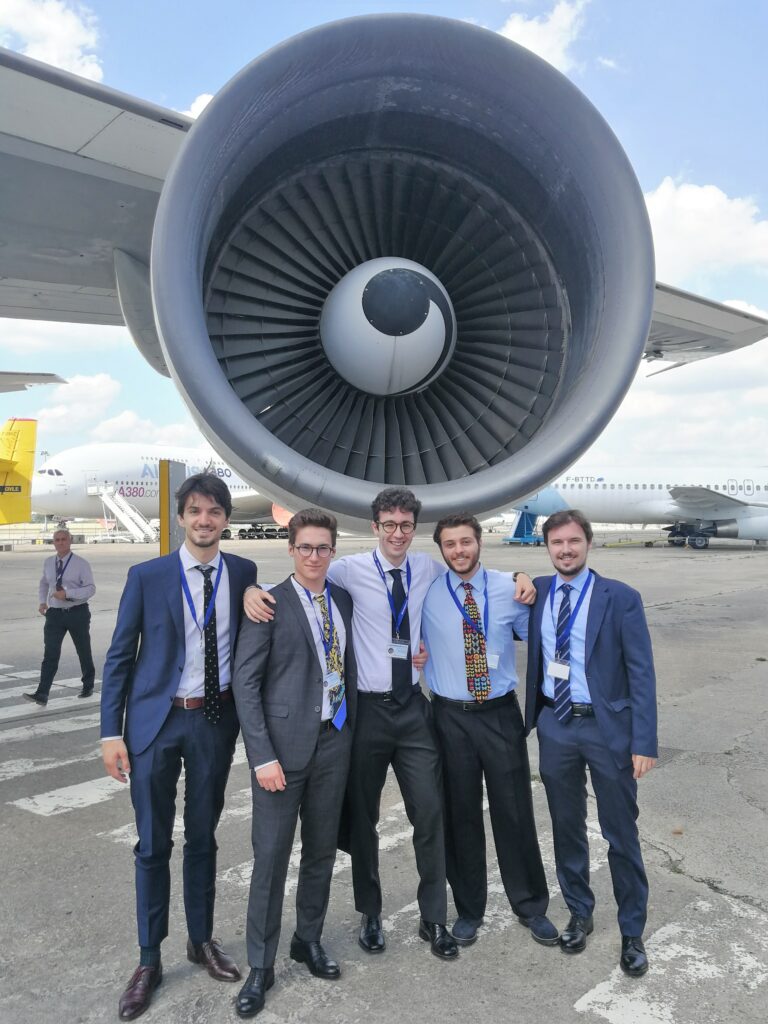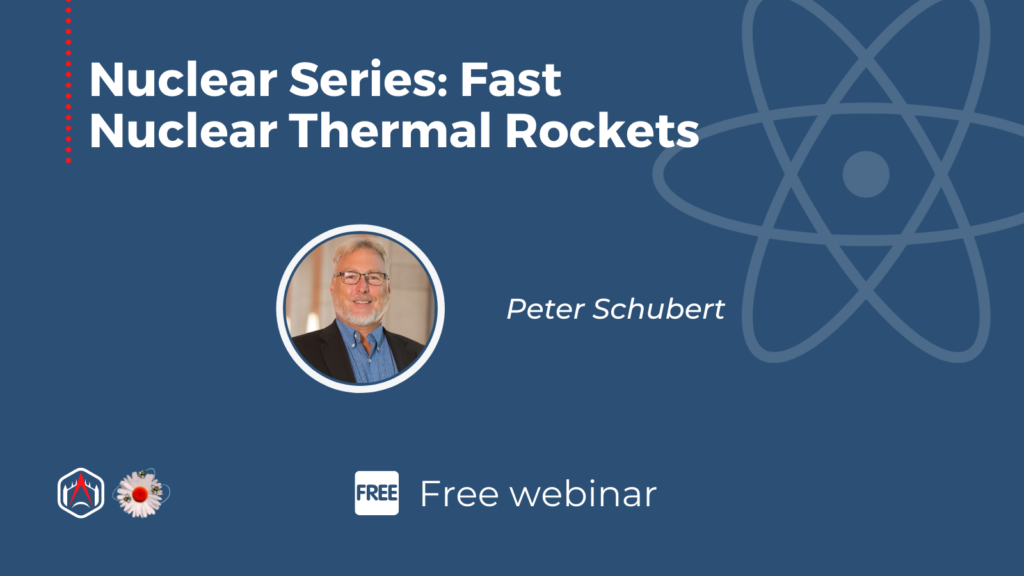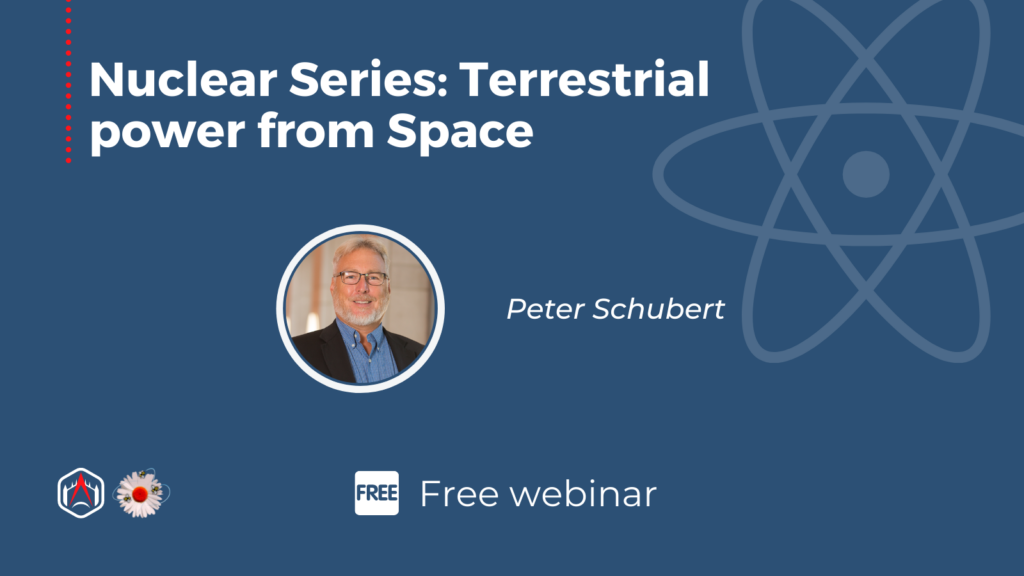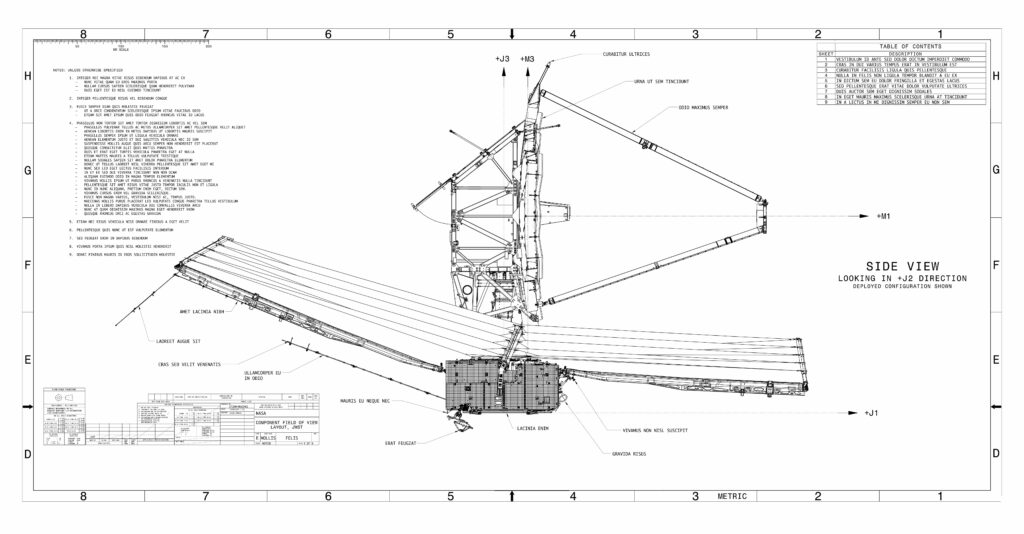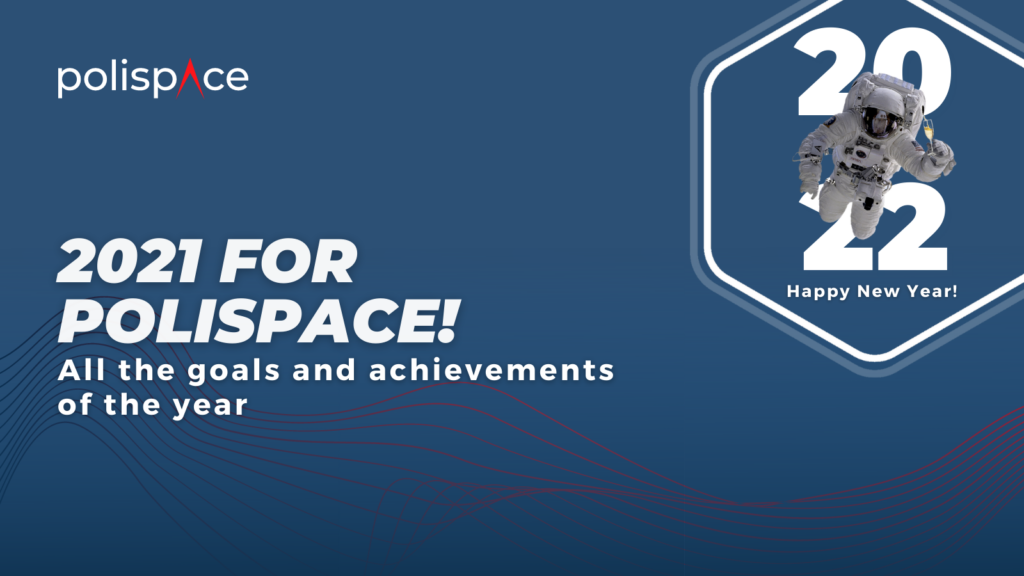A first look into the design of the 6S mission
Which are the main design drivers for an educational project? How do you study the feasibility of a space mission? These are just some of the challenges that the team of 6S, PoliSpace’s first CubeSat mission, faced during Phase A of design.
A first look into the design of the 6S mission Read More »

